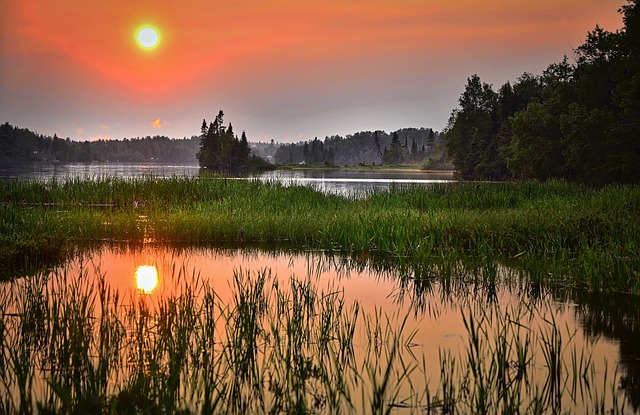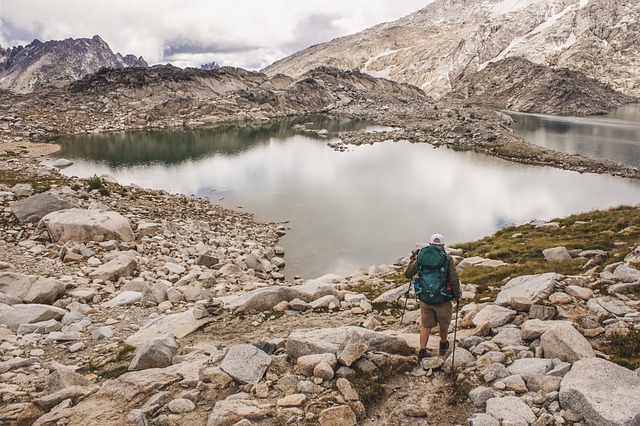
The wetland is a very important ecotone for environmental sanitation.
The space where the transition between two different ecosystems or biocenosis occurs is called an ecotone . This means that there is great biodiversity in the ecotone, with species from the two adjacent ecological communities gathered in the same place.
Gradual or abrupt transition
The transition between communities can be gradual or abrupt . In the second case, a limit called an edge can be recognized.
It is said that the species present in the ecotone are in tension due to the intense interaction between ecosystems and the great exchange of energy. It is important to mention that an ecotone can extend hundreds of kilometers.
An example of an ecotone is the region where a desert and a savannah meet. In this type of ecotone, animals and plants from the desert and the savanna coexist, and species that do not belong to either ecosystem may even appear.
Tundra and boreal forest
In both Europe and America we can find ecotones where the tundra and the boreal forest (called that in Canada, but known by the name taiga in Russia) meet, two different biomes, with different climates. The tundra is typical of the north pole, with very low temperatures, which are below 10 degrees Celsius, and average annual rainfall of 250 mm. The ground remains frozen throughout the year.
On the other hand we have the boreal forest, which forms an ecotone with the south of the tundra. Its highest temperature reaches 19 degrees and its average annual rainfall can reach 450 mm. While in North America the ecotone between tundra and boreal forest is relatively small, the European one is very broad .
Broadly speaking, we can say that its landscape has some areas where heather and lichens abound, which complement the dense forests. As expected, its biological diversity is also very rich, with species from both biomes adapted to this area.
Wetlands
Wetlands are also usually constituted as ecotones. In this case, it is the area where an aquatic ecosystem meets a terrestrial ecosystem . Its conservation is essential since it plays a crucial role in environmental sanitation: sediments are captured, nutrients are absorbed and chemical substances are released, raising the quality of the water.
For example, if we talk about rivers, wetlands act by regulating their nitrogen concentrations, which increase with toxic products of agricultural origin. Wetland plants capture almost all of the nitrogen and transform it into living biomass.
Training and importance
The formation of ecotones is linked to the intervention of various variables, such as topography , the existence of two populations, the characteristics of the soil and the climate , among others of a physical-environmental nature.
In the area where both spaces converge, there is usually more wealth than in adjacent areas, because there individuals interact with greater intensity. In fact, in some cases new species emerge that adapt to the characteristics of this mixed habitat.
Environmental conditions are divided into biotic (the relationship between the different species of the ecotone) and abiotic (temperature, pH, light level, etc.). Adaptation to these is essential, and causes the already mentioned differences that exist with respect to what is observed outside the ecotone.

The tundra is a frozen, treeless subsoil biome that forms an ecotone with the boreal forest.
Due to their biological diversity, ecotones are very important for the planet . That is why its preservation is essential to conserve the world's natural wealth.
Ecotone Association
The Ecotono Association , finally, is an organization based in the city of Madrid ( Spain ) that is dedicated to promoting sustainable development and environmental education. This entity offers various workshops and courses and has a digital library.
